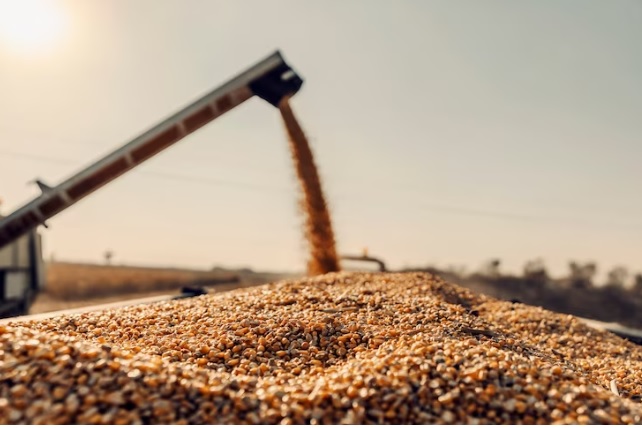The 2025 second corn crop will face challenging weather conditions in Brazil's main producing regions. While the South may experience a water deficit due to irregular rainfall in some areas, the Center-West will face a contrasting scenario, with some regions receiving above-average rainfall volumes, which may benefit crops but also increase the risk of disease.
In the South, the main concern is low humidity and high temperatures, factors that can compromise crop development, especially in the pre-tasseling and pollination phases. “These stages are critical for corn, as any thermal and water stress can significantly reduce crop productivity,” explains Luiz do Carmo, meteorologist at AtmosMarine.
In the Central-West, states such as Mato Grosso and Goiás are expected to have slightly higher rainfall volumes, benefiting crops without irrigation. On the other hand, excess moisture can favor the emergence of fungal diseases, requiring strict monitoring of phytosanitary management. “It is a delicate balance: while moisture is essential for crop development, excess moisture can bring additional challenges, such as increased incidence of diseases,” warns Luiz.
In Mato Grosso do Sul, forecasts indicate a drier period, combined with above-average temperatures, which could compromise the final yield of the harvest. “Temperatures above 35°C, combined with water deficit, can reduce pollen production and make plant fertilization unfeasible, directly affecting grain formation,” adds the meteorologist.
Given this scenario, producers are advised to keep an eye on weather forecasts and adopt strategies to minimize the impacts of the climate. “Choosing hybrids that are more resistant to heat, efficient planning of nutritional management and constant monitoring of the crop will be essential to ensure good results this season,” concludes the specialist.




